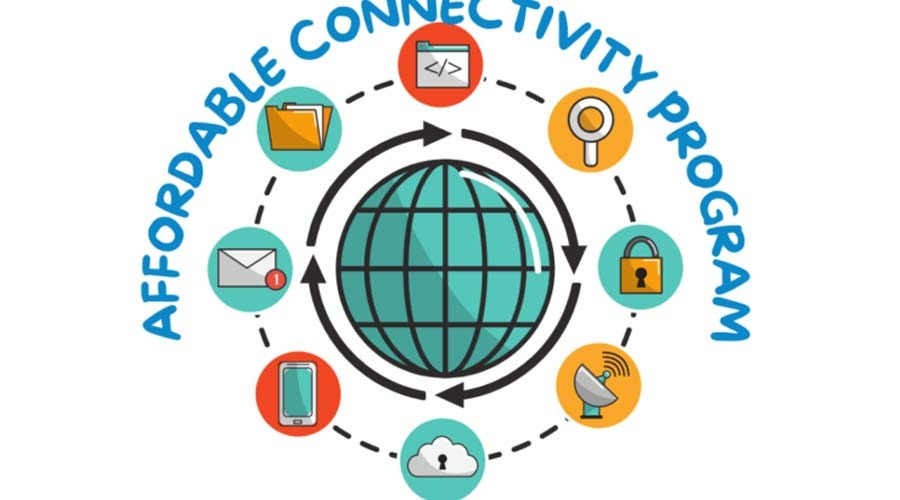The Social Security Administration provides two types of disability benefits to eligible disabled individuals. Sometimes, these benefits are referred to as Title 2 and Title 16 benefits, after the particular sections of the Social Security Act that address each type of benefit. More commonly, however, these benefits are referred to as Social Security Disability Insurance (SSDI) benefits and Supplemental Security Income (SSI) benefits, respectively.
You may wonder about the differences between the types of benefits and whether or not you may qualify for either one. There are things both types of benefits have in common, as well as important distinctions between the two. Let’s take a closer look together.
What Do Title 2 and Title 16 Benefits Have in Common?
In order to receive SSDI and SSI benefits, an applicant must be able to establish that:
- The Applicant Has A Qualifying Disability: To determine whether a disability qualifies for benefits, the Social Security Administration will often consult its “Blue Book.” This is a listing of impairments that the SSA considers disabling, along with accompanying symptoms. Individuals seeking benefits will need to establish, through sufficient medical proof, that they have a condition that is disabling. If the particular condition is not in the Blue Book, this does not necessarily mean that an application will be denied. It may simply mean that additional medical proof is needed to substantiate the condition.
- The medical condition has rendered the applicant unable to work: To be approved for benefits, an individual must be able to establish that the disabling condition has created an inability to work or engage in “substantial gainful activity” for at least one calendar year or more. If this is not the case, an individual may be able to apply for short-term disability benefits from another source but will typically not be approved for SSDI or SSI benefits.
Both of these requirements must be satisfied in order to receive either Title 2 (SSDI) or Title 16 (SSI) benefits – but there are important distinctions between the two types of benefits as well.
A Closer Look at Important Distinctions
To receive SSDI benefits, an individual must be able to establish that he or she is “insured.” Essentially, in the eyes of the Social Security Administration, this means that individual worked a qualifying job for a sufficient length of time, from which they paid a portion of their salary to the Social Security Administration.
Unlike SSDI benefits, SSI benefits are needs-based. The Social Security Administration pays SSI benefits from the general treasury fund and not from a fund to which workers contributed specific payments. As a result, an individual will not have to establish that they paid money into the Social Security system in order to receive SSI. An individual will, however, have to show that they have income and resources below a certain threshold established by the Social Security Administration.
How Much Will You Receive?
This is a question that almost all applicants want an answer to – and that’s understandable. After all, being disabled can be extremely difficult from a financial perspective. First and most importantly, applicants should understand that the amount of benefits received will not depend upon the particular medical condition in question or the severity of that condition. Instead, it will depend upon other factors.
For those who receive SSDI benefits, an award of benefits will typically be based upon the individual’s work and salary history and how much they paid into the Social Security system throughout their employment. As a result, those who had higher salaries and paid into the system for a more extended period of time will generally receive a higher amount of benefits than those who did not. In 2023, the maximum SSDI amount that can be awarded is $3,627 per month.
For individuals who receive SSI benefits, benefits are, at least in part, determined based on how much income an individual or family receives. Although calculations can be complicated, generally, the lower income and resources an individual has, the greater the award might be, up to the legally established limit. In 2023, the maximum SSI amount is $971 per month for an individual and $1,371 per month for an eligible couple.
Liner Legal – Here For You
At Liner Legal, we understand the vital role that disability benefits can play in easing the financial burden that disabled individuals often face. That’s why we’re passionate about always using the best legal strategies to pursue the benefits that our clients need and deserve. We understand every aspect of the law pertaining to disability benefits – and we know how the process works. We’re here to help, so that you can focus on your health, your future, and enjoying life with those you love. Give us a call today. We look forward to speaking with you soon.







